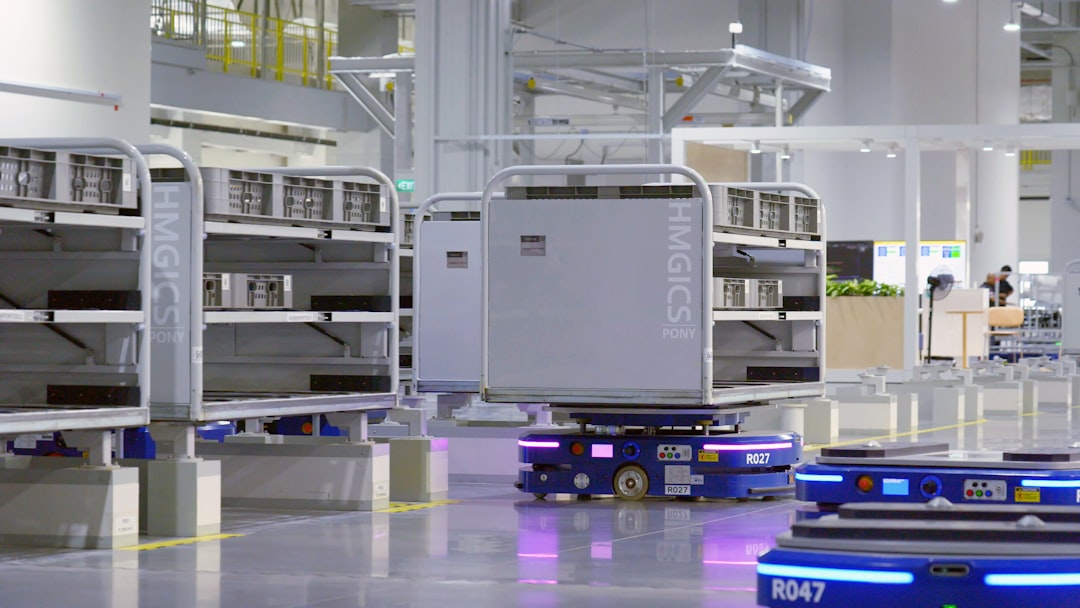In today’s highly interconnected and digitized world, cyber threats are evolving at an unprecedented pace. Organizations face constant pressure to counter malicious actors seeking to exploit vulnerabilities in networks, steal data, disrupt operations, or commit fraud. To combat this, enterprises are increasingly turning to specialized platforms and frameworks that provide a holistic view of their cybersecurity landscape. Enter the domain of cyber intelligence centre tooling—an advanced ecosystem of tools and capabilities such as SIEM, TIP, SOAR, and threat intelligence feeds that empower security teams to stay a step ahead of cyber adversaries.
The Foundation: Understanding Cyber Intelligence Centres
A Cyber Intelligence Centre—often referred to as a Cyber Defence or Security Operations Centre (SOC)—is the nerve center of an organization’s centralized approach to cybersecurity. It’s where real-time threat monitoring, analysis, detection, and response occur. The purpose is simple: minimize risk by identifying, understanding, and mitigating threats before they can do significant harm.
The effectiveness of these centres hinges largely on the tools they employ. Let’s unravel four of the cornerstones in this toolkit: SIEM, TIP, SOAR, and threat intelligence feeds.
Security Information and Event Management (SIEM)
Security Information and Event Management (SIEM) systems are the beating heart of any cyber intelligence operation. They aggregate data from across an organization’s digital environment—servers, applications, firewalls, routers, and more—allowing analysts to see the full context of a potential threat.
Key functions of SIEM tools include:
- Log Collection and Normalization: Consolidating logs from disparate sources and converting them into a standard format.
- Event Correlation: Identifying patterns among different log entries that could indicate an attack.
- Alerts and Dashboards: Displaying real-time information to help SOC staff make rapid decisions.
- Compliance Reporting: Producing audit-ready reports aligned with standards like GDPR, HIPAA, and PCI-DSS.
SIEM platforms like Splunk, IBM QRadar, and ArcSight have evolved to include advanced analytics and machine learning capabilities, helping organizations detect sophisticated threats that traditional systems might overlook.

Threat Intelligence Platform (TIP)
A Threat Intelligence Platform (TIP) serves as a centralized hub for organizing, enriching, and analyzing threat data from multiple feeds and sources. As organizations drown in volumes of threat alerts and indicators of compromise (IOCs), a TIP helps sift through the noise to find what really matters.
Primary benefits of TIPs include:
- Aggregation of Threat Feeds: Ingesting data from open-source, commercial, governmental, or industry-specific sources.
- Threat Enrichment: Providing contextual information (IPs, domain names, malware types) to better understand potential threats.
- Automation and Integration: Feeding enriched intelligence into SIEM and SOAR platforms to streamline workflows.
- Collaboration and Sharing: Facilitating information sharing across business units or even industry peers in threat-sharing communities.
Popular TIPs like Anomali, ThreatConnect, and MISP empower analysts to make sense of disparate threat data and transform it into actionable insights.
Security Orchestration, Automation, and Response (SOAR)
If SIEM systems are the eyes and TIPs are the brain, then SOAR tools act as the muscle behind modern SOCs. SOAR platforms are designed to automate routine security tasks, allow for faster response times, and ensure a consistent approach to incident handling.
Key advantages of SOAR include:
- Workflow Automation: Automating repetitive tasks like IP lookups, virus scanning, and account containment.
- Playbook Execution: Predefined procedures for handling incidents, enabling quicker and more standardized responses.
- Case Management: Tracking incident life cycles with collaborative tools for teams to investigate and resolve threats.
- Integration: Connecting seamlessly with SIEMs, TIPs, ticketing systems, and endpoint protection tools for a unified defense strategy.
With SOAR solutions from providers like Palo Alto Networks Cortex XSOAR, IBM Resilient, and Splunk Phantom, security teams can reduce the time from alert to resolution from hours to mere minutes.

Threat Intelligence Feeds
While the other tools process and manage data, threat intelligence feeds provide the raw material. These feeds deliver real-time updates on emerging threats, IOCs, malware signatures, and tactics used by threat actors around the world.
Common types of threat intelligence feeds include:
- IP Reputation Lists: Identify potentially harmful IP addresses linked to malicious activity.
- Domain Blacklists: Highlight suspicious or phishing-prone domains.
- Malware Hash Databases: Store file hashes of known malware for detection and analysis.
- TTPs (Tactics, Techniques, and Procedures): Understand the behavioral patterns threat actors use to evade controls.
Sources range from free feeds like AbuseIPDB and AlienVault OTX to premium subscription services like Recorded Future or FireEye. The key is to blend multiple data types for a comprehensive view of the threat landscape.
The Importance of Integration
One of the most important aspects of these tools is how well they work together. A siloed approach to cybersecurity creates blind spots and inefficiencies. When your SIEM ingests data from TIPs, your SOAR automates response based on SIEM alerts, and your team makes decisions based on accurate, up-to-date feeds, the value of each tool is amplified.
Here’s a simplified flow of integrated cyber intelligence tooling:
- Threat intelligence feeds furnish raw data on potential threats.
- The TIP aggregates and enriches this data for context and prioritization.
- The SIEM captures and correlates events with the enriched threat data.
- The SOAR platform evaluates SIEM alerts and either initiates automation or escalates issues for analyst attention.

Challenges in Implementation
While these tools are powerful, deploying and maintaining them isn’t without challenges:
- Resource Intensity: These platforms require skilled analysts and engineers to operate effectively.
- False Positives: High volumes of low-confidence alerts can overwhelm analysts.
- Integration Complexities: Ensuring smooth data flow between systems can be technically demanding.
- Cost: High-end platforms and commercial feeds come with substantial price tags.
Organizations must carefully assess their needs, maturity level, and internal capabilities before diving into full-scale cyber intelligence operations. A phased approach—starting with SIEM and gradually incorporating TIP, SOAR, and curated threat feeds—allows for manageable scaling.
Final Thoughts
In the ongoing battle against cyber threats, real-time visibility, contextual intelligence, fast response, and automation are no longer optional—they are essential. Tools like SIEM, TIP, SOAR, and threat feeds form the backbone of effective cyber intelligence centres, enabling organizations to proactively detect, understand, and respond to threats with agility.
As cyber adversaries become more sophisticated, so too must our defenses. By investing in these platforms and fostering collaboration among them, enterprises can build a resilient and adaptive cybersecurity posture tailored for the digital age.



